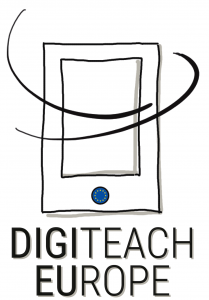A lot has been written in recent years on the design and use of digital learning material und environments for educational purposes. In fact, digital learning material is used in countless ways to provide students with exercises and training material in different subjects taught at school (or even in higher education).
The scope and complexity of digital learning arrangements differ widely –from simple multiple-choice-tests on the one hand to openly designed explorative virtual environments. Almost every publishing house in the educational domain by now offers surplus digital content in addition to their paper textbooks and an incalculably large number of learning-tools and -games can be found in different online-stores. In addition to these offerings a lot of digital teaching material is produced by teachers (and even pupils) themselves.
What makes it difficult to assess the benefit of introducing digital learning material is not only the sheer number of available products but even more the lack of a valuation model that is not so much focused on the aims of the material but on the underlying learning model. The need to focus on the learning model arises from the consideration that educational goals nowadays are much more competence-oriented. So the analysis of its learning-model in classes is one of the most essential preliminary consideration before using a specific tool.
Teachers should first be concerned about becoming good teachers in order to consider using digital tools to enhance learning process. But once they are able to create good lessons then digital tools can be used to make them even better. How Go Digi will show you some of the tools and concepts that were considered as well as a glimpse at some of the underlying models.
